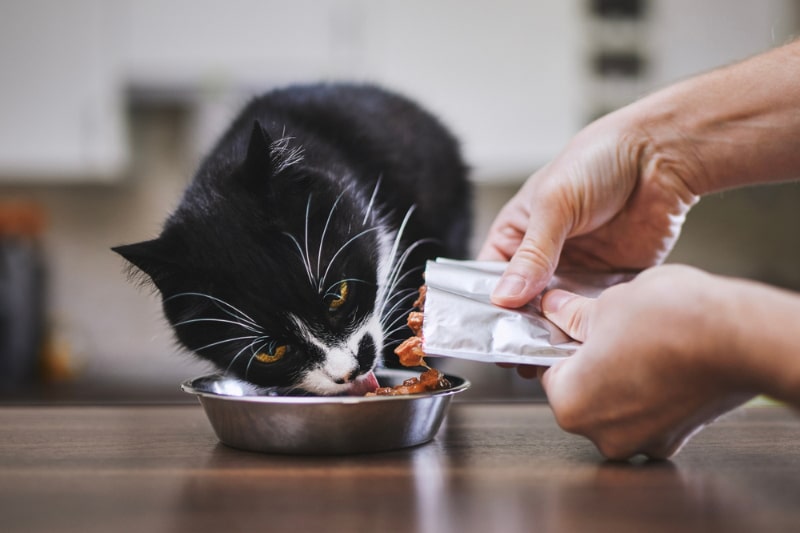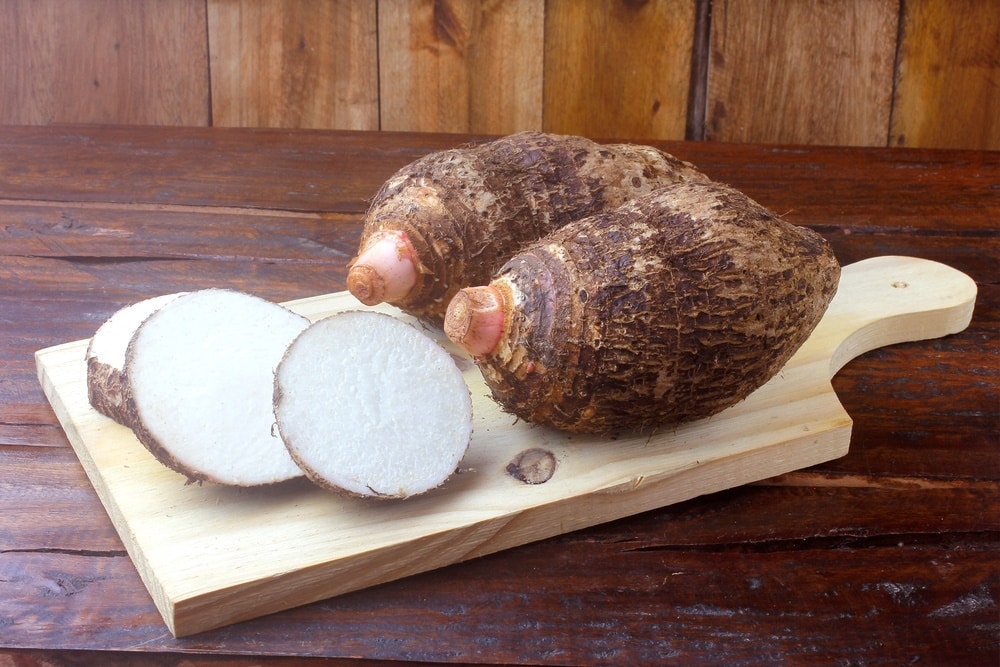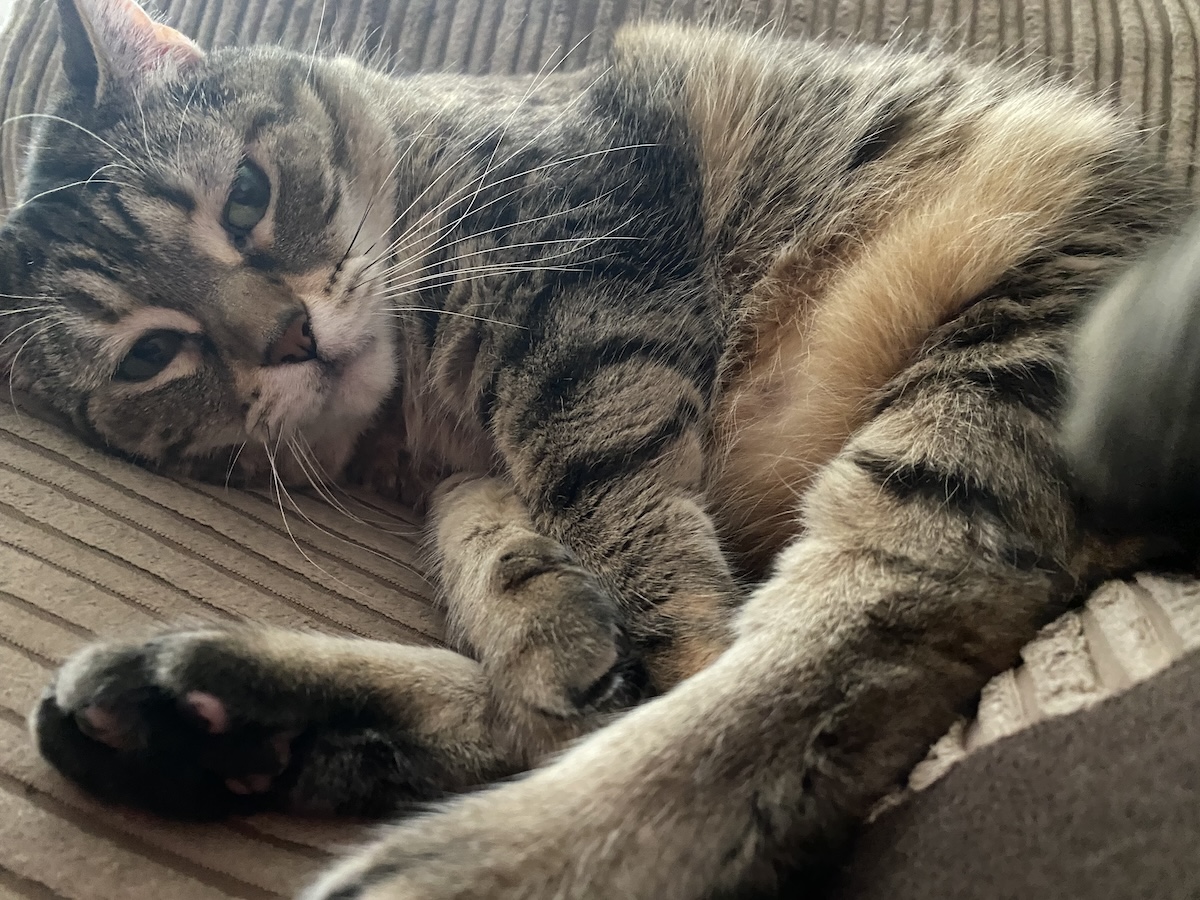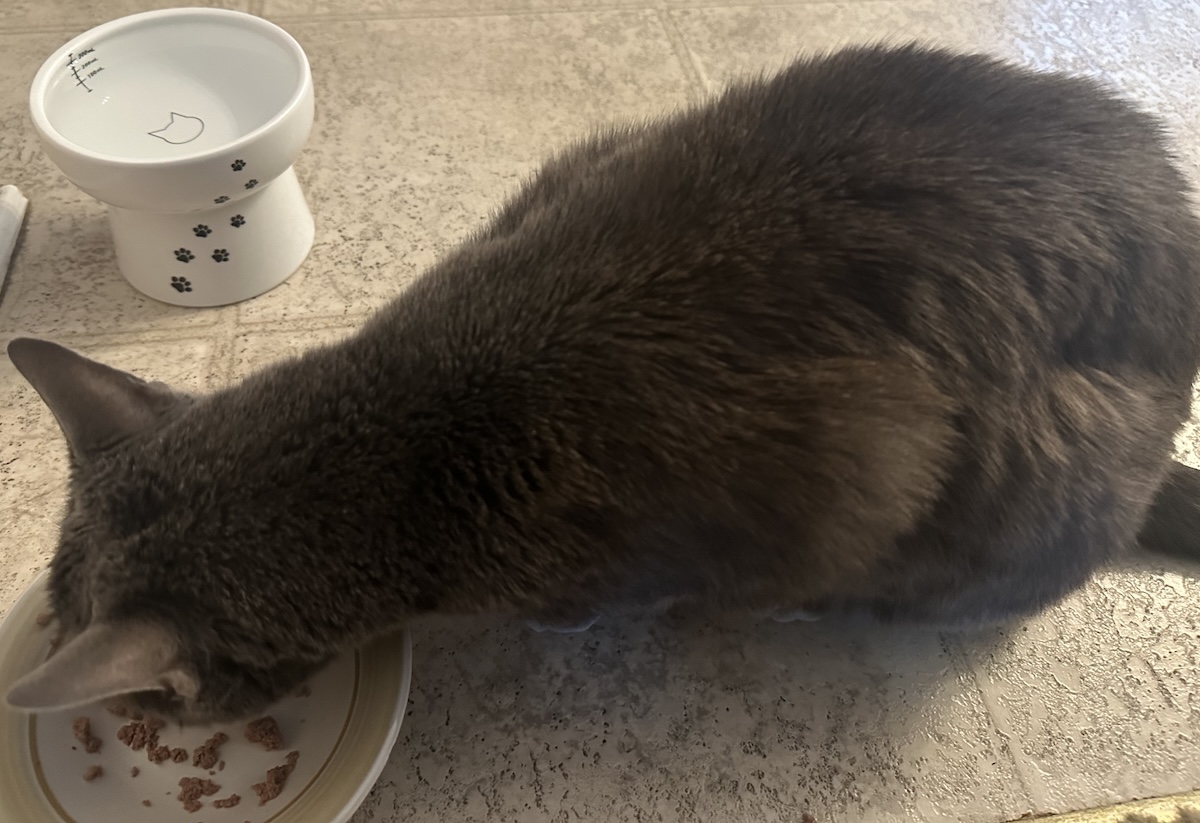If you’ve been thinking about transitioning your cat to a new food, you may be interested in trying a few brands before shelling out for a large bag of kibble your cat may not bother to take more than a few bites of. Free cat food samples are a great way to allow your cat to try things out so you can make the right choice without going through too many bags or cans of cat food. Keep reading to learn more about these sites with free cat food samples.
Ways to Find Cat Food Samples
There are a few ways to find cat food samples. Some companies provide free trial sizes you can request directly online or by phone. Others give small sizes to local retailers where you can try a few products for free.
Many offer discounts on your first order, and several have satisfaction guarantees to make it easy for you to try and return their products if your cat doesn’t like them.
Once you’ve selected a brand, signing up for the company’s newsletter or following them on social media is often a good way to find out about sales and get hold of coupons.
The 12 Places to Find Free Cat Food Samples
1. Blackwood Pet Foods

Blackwood Pet Foods has a range of tasty kibble and wet food options for cats. Two yummy grain-free choices are available, one featuring chicken and turkey and the other salmon and trout, but there are also formulas with healthy grains, such as brown rice.
Wet food choices include chicken and salmon with pumpkin and muscles, as well as formulas that feature chicken livers. Getting free samples is as easy as reaching out to the company via the contact form on the website.
2. Farmina Pet Foods

Farmina produces several formulas, including wet and dry choices for older cats, kittens, and healthy adult pets. They also have products designed to provide extra support for neutered cats and those with issues such as urinary tract problems and sensitive skin.
Formulas with unique protein sources, such as duck, herring, and quail, provide cats with plenty of variety. While the company has samples, the program appears to be limited, so bookmark the page and circle back a few times to ensure you know when the offers change.
3. Smalls

Smalls allows pet parents to try various samples at a discount. You can create an account, answer a few questions about your cat, and choose a few items your pet may be interested in. Smalls has recipes featuring proteins such as turkey, fish, and beef.
The company’s products come in various textures, including smooth and minced. Smalls’ chicken recipes include healthy ingredients, such as green beans and kale, and its fish formula features vegetables, such as pumpkin, and plenty of protein from salmon and cod.
4. Canidae

Canidae has been in the business of producing pet food for decades. The company has several tempting choices that meet a range of feline dietary needs. Many grain-free formulas are available, including choices featuring single proteins such as chicken and salmon.
There are also meals featuring healthy grains, like millet and oatmeal, and formulations designed to support coat health and digestion. The company doesn’t have free samples, but they can sometimes steer pet parents toward retailers who may have a few on hand.
Customer service representatives are available by phone or email to answer questions about products, and there’s also an online contact form that makes reaching out easy.
5. Life’s Abundance

Life’s Abundance doesn’t have free trial sizes, but they have samples available for almost nothing. However, you’ll need to pay for shipping. Although the free sample program exists, the trial-sized items sometimes run out, so you may need to check back occasionally to get in on the deal.
The company has formulations featuring grains and a few without, and there are wet food options with proteins, such as duck and pork. Life’s Abundance also produces treats for cats. Grain-free formulas and ones with healthy carbohydrates, such as oatmeal and potato, are available.
6. Paw Tree

Paw Tree makes it easy for pet parents to find the right food for their companions with its money-back guarantee. Instead of offering free samples, Paw Tree promises to refund the purchase price if your cat isn’t happy with their new food.
Keep in mind there are limits on the offer, so reach out to the company by phone or email for details. Paw Tree produces wet food with turkey and chicken, as well as formulas packed with delicious fish like salmon and herring.
7. Royal Canin
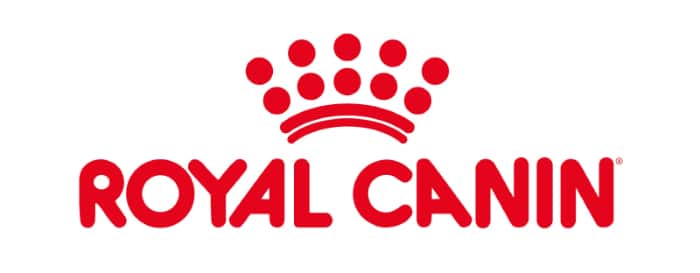
Royal Canin doesn’t have free samples, but they make it easy to try new products with their palatability guarantee. Pet parents can return products and get their money back, but there are a few geographic and other restrictions on the deal.
Not all retailers participate in the program, and it’s meant to be a one-time perk. The offer can only be applied to one bag of kibble or a can of wet food. The company regularly provides coupons through newsletters and social media. Royal Canin has a full range of wet and dry foods for kittens and adult cats and several choices to support medical issues such as urinary tract and digestive health.
8. Taste of the Wild

Taste of the Wild regularly has samples available so you can get an idea of whether your cat likes the company’s formulations without buying a whole bag of food. Samples can often be found at local pet stores, and you can also reach out to the company directly by phone to request a few.
The company has two cat food lines: Taste of the Wild and PREY. Taste of the Wild features vegetables and fruits to provide antioxidants and carbohydrates. PREY products are built around single protein sources and contain limited ingredients.
9. Open Farm

Open Farm makes it easy to try before you open your wallet by offering free samples through local retailers. You can contact the company by email, chat, or phone if you need help finding a local store that carries their products. Open Farm also regularly offers deals and promo codes for customers who sign up for its email list.
Open Farm produces kibble, wet food, freeze-dried raw meals, and even bone broth. The kibble has proteins such as whitefish and lamb, and the wet food formulas include ingredients such as salmon and pumpkin.
10. I and Love You

While I and Love You doesn’t have free samples, the company is willing to work with pet parents who order products only to find out their pets aren’t interested. There’s a nutritional quiz on the site to help pet parents narrow down options before ordering.
For pet parents whose cats end up falling in love with the company’s formulations, signing up for the newsletter is an easy way to stay on top of ways to save.
11. Blue Buffalo
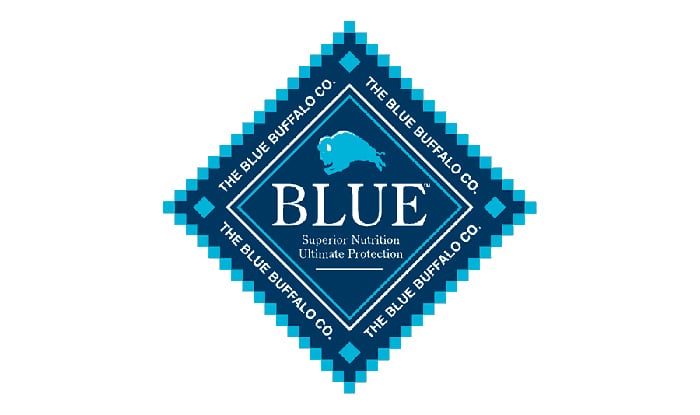
Blue Buffalo’s 100% satisfaction guarantee allows pet parents to return unused portions of products their cats aren’t happy with, so while there’s no free sample program, it’s possible to try the company’s products before making a commitment.
You can return the package and whatever is left in the bag to the location where it was purchased, but keep in mind some restrictions and limits apply. Blue Buffalo produces a range of wet foods, kibble, and treats. It also has prescription formulas to support cats who need to drop a few pounds and those who could use joint support.
12. The Honest Kitchen

The Honest Kitchen provides discounts on trial sizes to first-time purchasers. Tiny bags of kibble and a few variety packs are available. You’ll need to use the promo code on the website to get in on the action, and the deal is only available to new customers.
The Honest Kitchen has several grain-free meals available, including formulas featuring turkey, chicken, and fish. Regular wet food is available, but there are also dehydrated products that come to life when warm water is added.
- NO MESS - The 360° tray on this cat food and water bowl set has a raised design to catch and...
- WHISKER FRIENDLY - Shallow and wide metal containers with flat bottoms ensure your kitty can enjoy...
- CHEW-SAFE MATERIALS - Kittens and cats love chewing on silicone and soft rubber - but it's a choking...
Feeding your cat a high-quality diet is important for keeping them healthy and happy. But it goes beyond the food you choose; the dishes they use also matter. The Hepper NomNom Cat Bowl is our favorite for its unique, five-star design that protects from whisker fatigue and promotes good posture which also aids in better digestion. As an added bonus, it’s beautifully crafted and offers a modern take on the traditional cat bowl that fits seamlessly with all home stylings. Learn more about the NomNom by clicking here.
At Catster, we’ve admired Hepper for many years and decided to take a controlling ownership interest so that we could benefit from the outstanding designs of this cool cat company!
Conclusion
If you’re looking for a new food for your cat, free samples allow your cat to try a few flavors to determine which they prefer. While it’s often possible to find samples or trial sizes of products for free, there’s sometimes a small charge involved, and you might have to pay extra for shipping if you’re ordering online.
Signing up for newsletters and following companies on social media are great ways to get discounted products once you’ve decided which formula is best for your cat.
Related Reads:
- Best Tasting Cat Foods for Picky Cats – Reviews & Top Picks
- IAMS Cat Food Review: Pros, Cons, Recalls, & Verdict
Featured Image Credit: Jaromir Chalabala, Shutterstock

